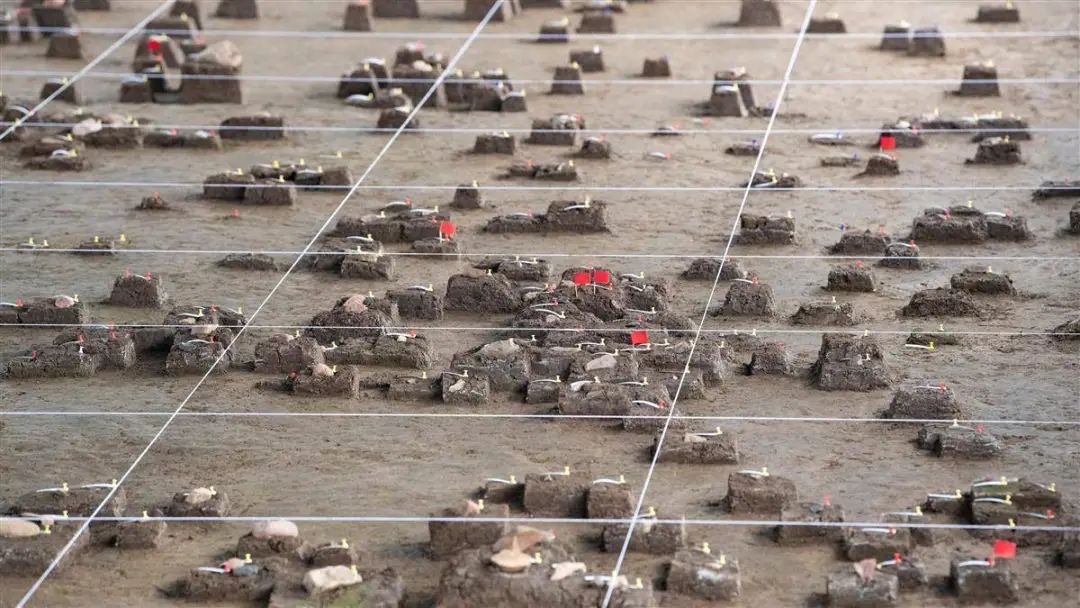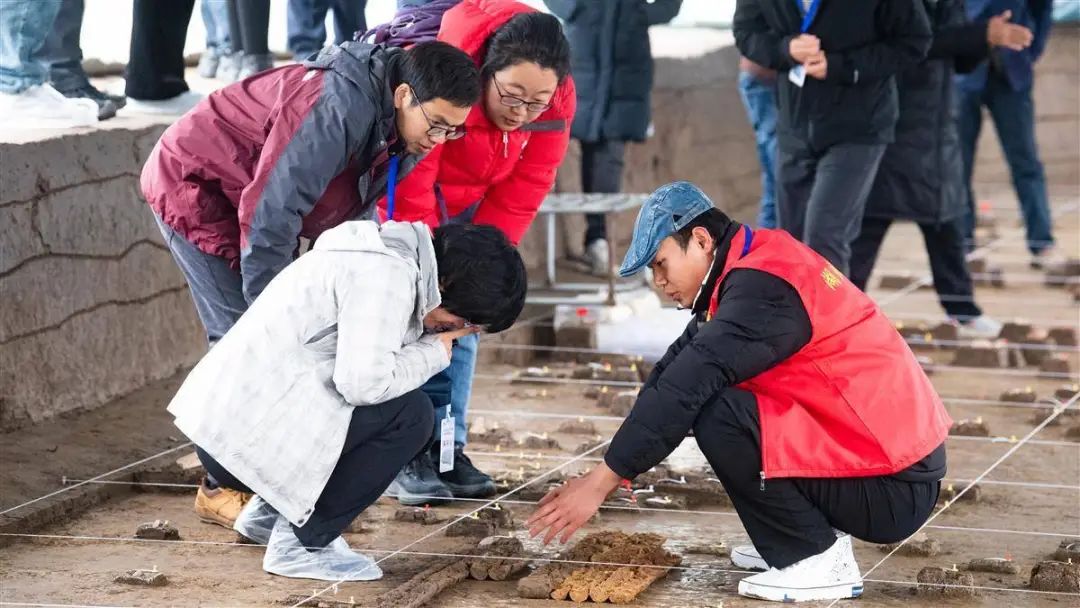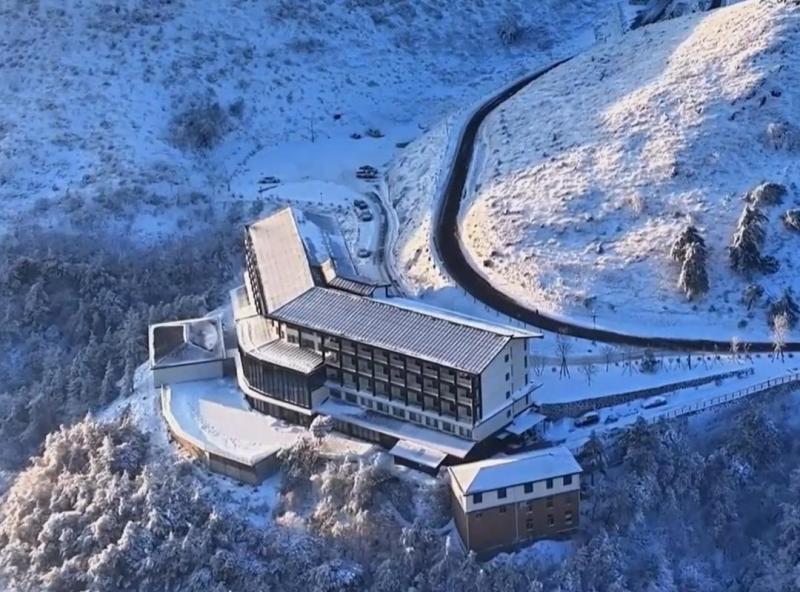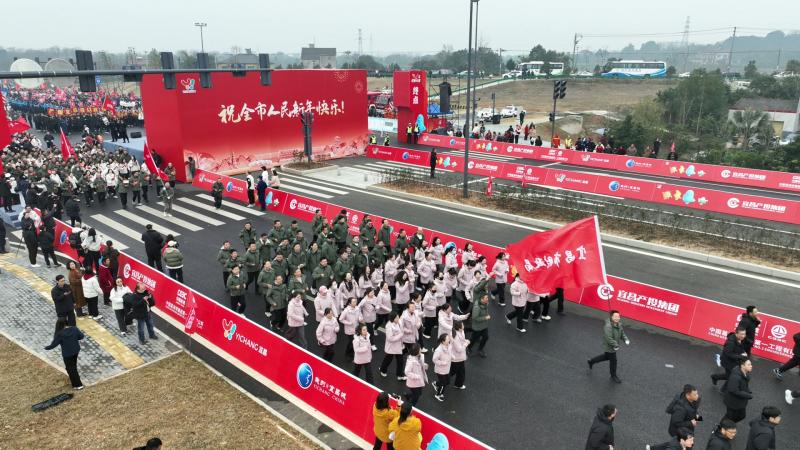New archaeological discovery sheds light on ancient lives
2023-12-18 19:12:29
By Chen Si, Yichang International Communication Studio
Recent discoveries at an archaeological excavation site in Dangyang have offered researchers more clues to understanding how people 10,000 years ago lived and migrated to what is now Yichang.

A panel of experts recently confirmed that a stone tool processing site was found in an archaeological excavation site cluster in Dangyang.
The Jiuligang site cluster consists of more than 20 locations, including the Jiuligang site and the Jiakoushan site.
At present, more than 900 pieces of stone artifacts and 600 pieces of debris have been excavated. The artifacts lead researchers to believe that the site might have been used as a location for stone tool processing.
Compared with the Middle and Late Paleolithic sites in the same area, the stone artifacts at the Jiakoushan site are much smaller, and the main tool type is a scraper. The carbon-14 annual data initially showed that its strata era was about 10,000 years ago.
The stone artifacts collected and excavated at the Jiuligang site are key materials in the study of Paleolithic cultural development and evolution, as well as the technological changes in stone tools and the migration of people during the transition period between the Paleo-Neolithic and Neolithic periods in the southern region of China.
Since 2021, excavations in the Jiuligang site cluster have shown that the Juzhang River basin is not only a key area for the study of early Chu culture which began around 740 BC, but also an important piece in further understanding the origins of human beings, agriculture and civilization.

Recent discoveries at an archaeological excavation site in Dangyang have offered researchers more clues to understanding how people 10,000 years ago lived and migrated to what is now Yichang.

Photo by He Yuxin, Hubei Daily
A panel of experts recently confirmed that a stone tool processing site was found in an archaeological excavation site cluster in Dangyang.
The Jiuligang site cluster consists of more than 20 locations, including the Jiuligang site and the Jiakoushan site.
At present, more than 900 pieces of stone artifacts and 600 pieces of debris have been excavated. The artifacts lead researchers to believe that the site might have been used as a location for stone tool processing.
Compared with the Middle and Late Paleolithic sites in the same area, the stone artifacts at the Jiakoushan site are much smaller, and the main tool type is a scraper. The carbon-14 annual data initially showed that its strata era was about 10,000 years ago.
The stone artifacts collected and excavated at the Jiuligang site are key materials in the study of Paleolithic cultural development and evolution, as well as the technological changes in stone tools and the migration of people during the transition period between the Paleo-Neolithic and Neolithic periods in the southern region of China.
Since 2021, excavations in the Jiuligang site cluster have shown that the Juzhang River basin is not only a key area for the study of early Chu culture which began around 740 BC, but also an important piece in further understanding the origins of human beings, agriculture and civilization.

Photo by He Yuxin, Hubei Daily






